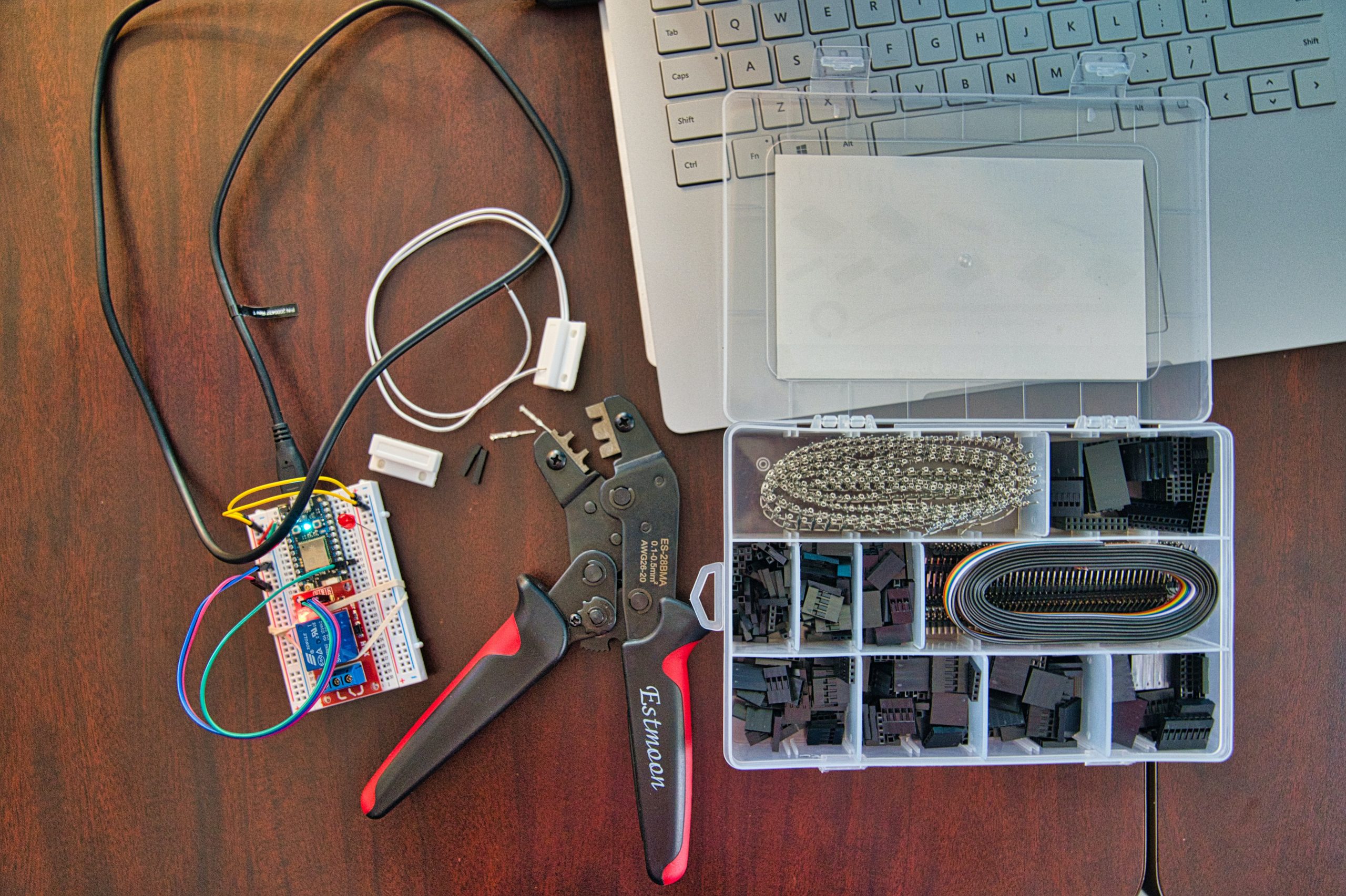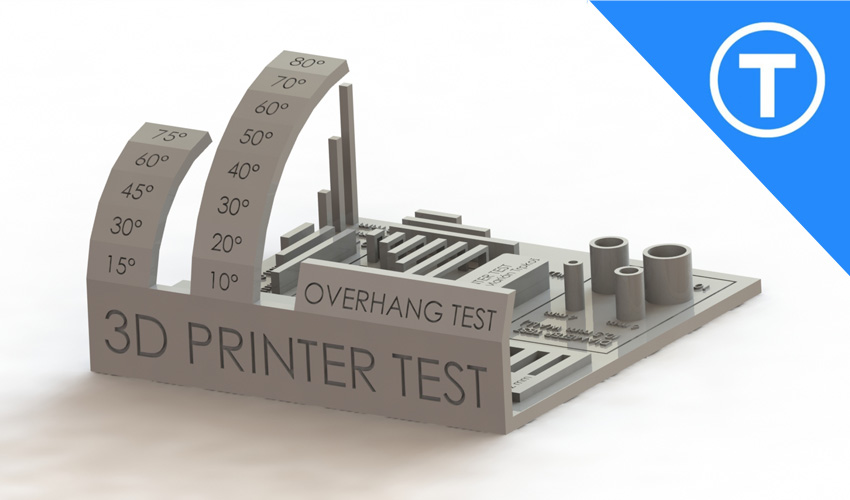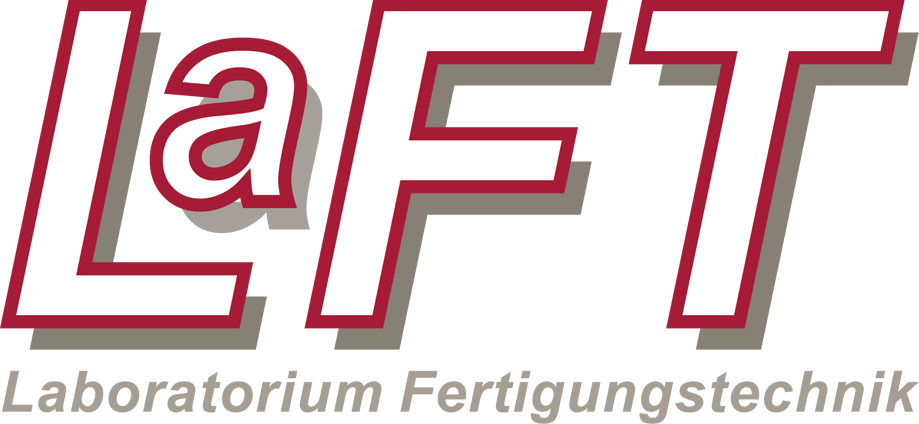Open Source Hardware
Der Begriff Open Source (aus dem Englischen für eine offene Quelle) stammt ursprünglich aus dem Softwarebereich und bedeutet, dass der Quelltext eines Projekts öffentlich abrufbar ist und modifiziert werden darf. Dies geschieht durch eine globale Community. Sie sieht den Quellcode oder das Programm ein, nutzt und optimiert ihn. Der Quellcode oder das Programm stehen den Nutzer:innen hierbei meist kostenfrei zur Verfügung, um einen niederschwelligen Zugriff zu ermöglichen. Durch die schnellen und einfachen Anpassungsoptionen werden kürzere Entwicklungszeiten und verbesserte Produkte möglich.
Zu den bekanntesten Open Source Software-Projekten zählen die nutzer:innenbasierte Online-Enzyklopädie Wikipedia, das Betriebssystem Linux, MySQL sowie die EDV-Programme OpenOffice, GIMP und Audacity und das 3D-Modell-Programm Blender.
Bei Open Source Hardware (OSHW) handelt es sich hingegen um greifbare Objekte wie Maschinen, Geräte oder andere physische Artefakte. Deren Quellcodes oder Designdateien werden offen zugänglich gemacht, so dass jede:r das Design oder die darauf basierende Hardware studieren, verändern, verbreiten, bauen und sogar verkaufen kann. Der Hardwareentwurf umfasst mechanische Zeichnungen, CAD-Dateien, Schaltpläne, Stücklisten, PCB-Layoutdaten von Leiterplatten, HDL-Quellcodes und Layouts für integrierte Schaltungen.
Initiative der Community
Eine wachsende Gemeinschaft von Unternehmen, Einzelpersonen und Gruppen entwickelt eine Vielzahl von OSHW Produkten und stellt diese her. Einige Beispiele hierfür sind Mikrocontroller-Entwicklungsplattformen, Satelliten und 3D-Drucker. Auch Crowdfunding und die Maker-Bewegung stehen in Zusammenhang mit OSHW. Doch während elektrische und mechanische Konstruktionen häufig die ersten Assoziationen mit OSHW sind, ist das Feld heutzutage viel breiter gefächert. OSHW kann inzwischen eine Vielzahl an Produkten umfassen, von Mode und Möbeln bis hin zu Musikinstrumenten, Landmaschinen, Biotechnik und vielem mehr.
Historisch gesehen stützt sich OSHW auf gemeinschaftliche und öffentliche Innovationen. Zu ihren Vorläufern gehört beispielsweise die Bewegung für freie und quelloffene Software (FOSS), der Homebrew Computer Club und die Hacking-Kultur, auf deren Errungenschaften viele Prinzipien von OSHW beruhen. Diese Bewegungen blühten auf, als Unternehmen in den 1970er Jahren frühe Computer als Bausätze verkauften oder mit Schaltplänen auslieferten.
Diese Entwicklung trug in den 1990er Jahren maßgeblich zur Entstehung von OSHW bei. Trotz der tiefen Verwurzelung dieses Erbes wurde OSHW erst im letzten Jahrzehnt als solches populär. Möglich wurde dies durch das Aufkommen des Internets, welches den Austausch von Hardwaredesigns ermöglichte, den kommerziellen Erfolg von Open Source Software sowie die sinkenden Kosten für Produktionswerkzeuge.
Meilenstein Fab Labs
Für die Herstellung von physischen Produkten ist eine öffentlich zugängliche technische Infrastruktur notwendig. Das New Production Institute unterstützt diesen Zugang über öffentlich nutzbare Produktionstechnologien mit sogenannten Fab(rication) Labs bzw. Open Labs.
Das OpenLab Hamburg an der Helmut-Schmidt-Universität wurde bereits im Dezember 2016 eröffnet. Inspiriert von der Fab Lab Bewegung aus den USA schafft das OpenLab Hamburg seitdem eine öffentliche Zugangsmöglichkeit zu 3D-Druckern, Lasercuttern, Fräsmaschinen und anderen Produktionstechnologien in Hamburg-Wandsbek.
Seit 2022 sind 8 weitere OpenLabs, mit thematisch verschiedenen Schwerpunkten, in Hamburg dazu gekommen, gefördert durch das dtec.bw-Projekt Fab City. Hier geht es zu allen OpenLabs: https://openlab.hamburg
Das primäre Ziel eines Fab Labs ist es, der breiten Öffentlichkeit den Zugang zu modernen Technologien, Maschinen und Werkzeugen zu ermöglichen, welche den Bürger:innen sonst aufgrund ihrer hohen Anschaffungskosten verwehrt blieben. Zudem möchten Fab Lab Communities die DIY-Bewegung und Nachhaltigkeit fördern, Wissen vermitteln und die Kreislaufwirtschaft ankurbeln. Sie wollen inspirieren, reparieren, entwickeln und erfinden.

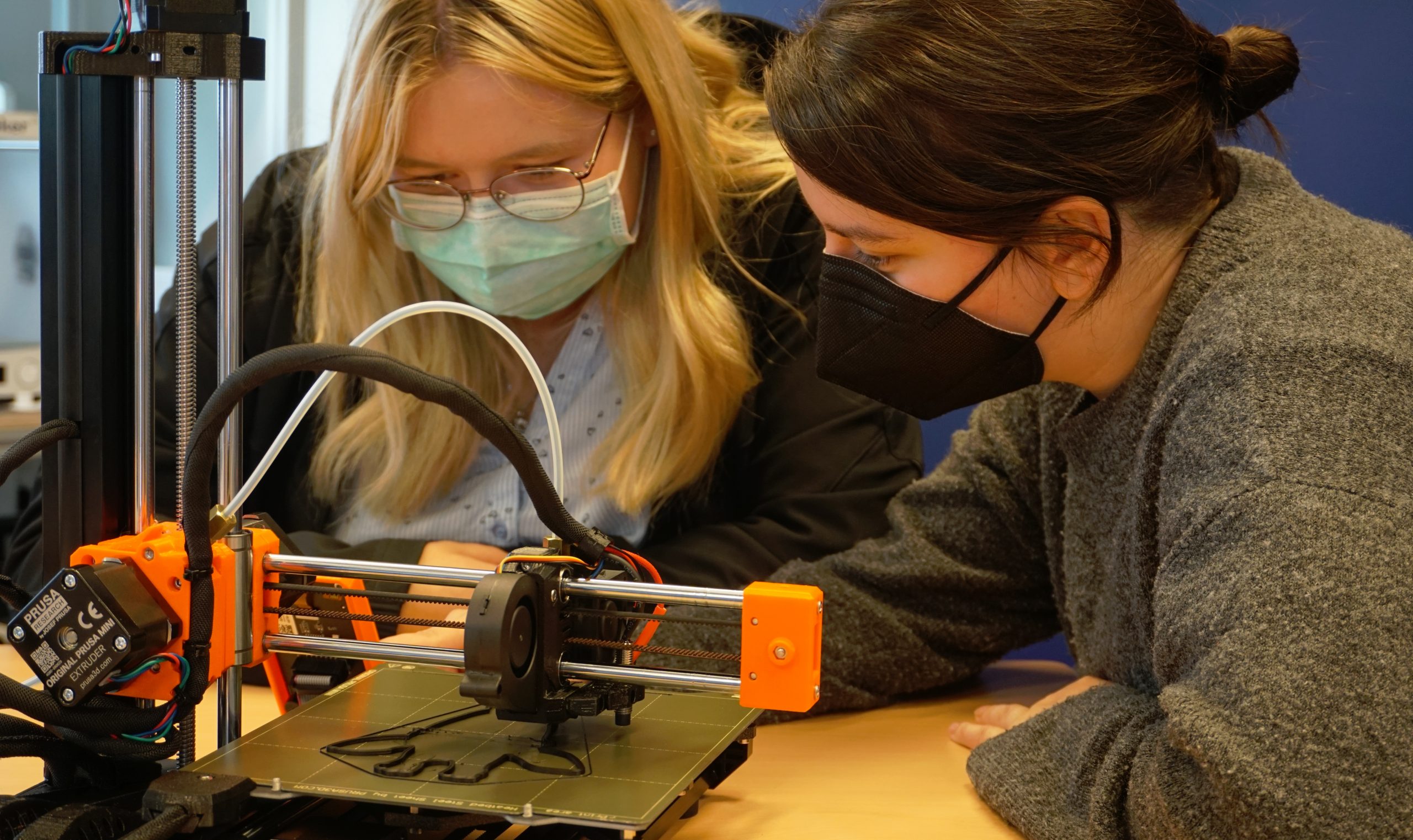
Lernorte für jedes Alter
Das OpenLab Hamburg ist Ansprechpartner für Start-ups, Designer:innen, Architekt:innen, Künstler:innen, Wissenschaftler:innen und ansässige Ingenieurbüros.
Auch Schulklassen, Senioren und Geflüchtete sind regelmäßig Workshopteilnehmende. Die Projekte des Fab Labs stärken die Menschen auf lokaler Ebene mit den Kenntnissen, Fähigkeiten und notwendigen technischen Mitteln, um sich am lokalen und globalen Wertschöpfungsprozess beteiligen zu können.
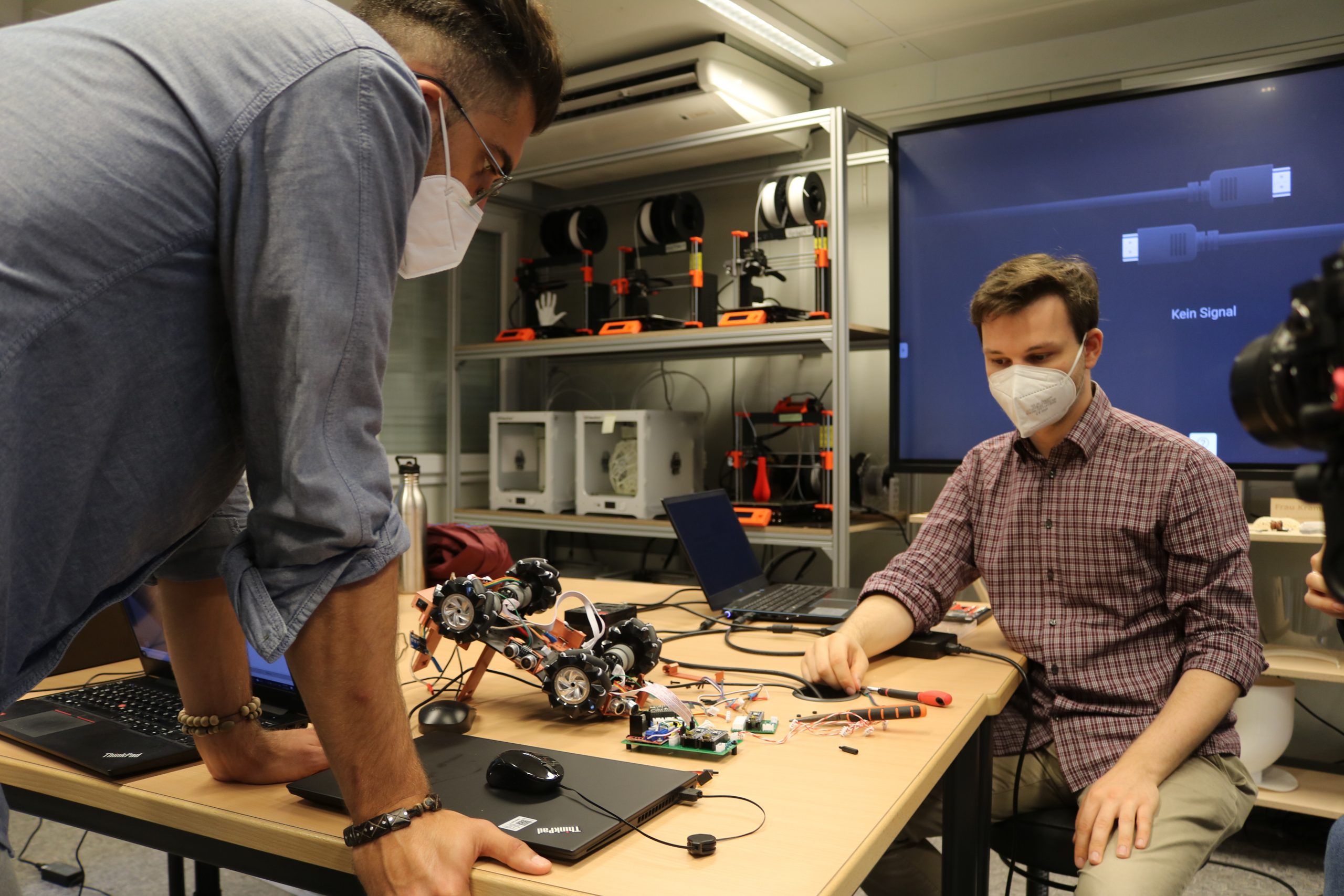
Quellen der Inspiration
Hamburg glänzt mit einer starken Gründerszene, einer aufstrebenden Kreativwirtschaft sowie einer aktiven Maker-Szene. Darüber hinaus besitzt die Hansestadt langjährige Erfahrungen mit Bürgerbeteiligungsprojekten zur Quartierentwicklung.
Aktuell untersuchen wir über verschiedene OpenLabs, die als Reallabore fungieren, die Möglichkeiten zur nachhaltigen urbanen Entwicklung und der gesellschaftlichen Teilhabe an sozio-ökonomischen und technologischen Entwicklungsprozessen (dtec.bw – Forschungsprojekt Fab City).
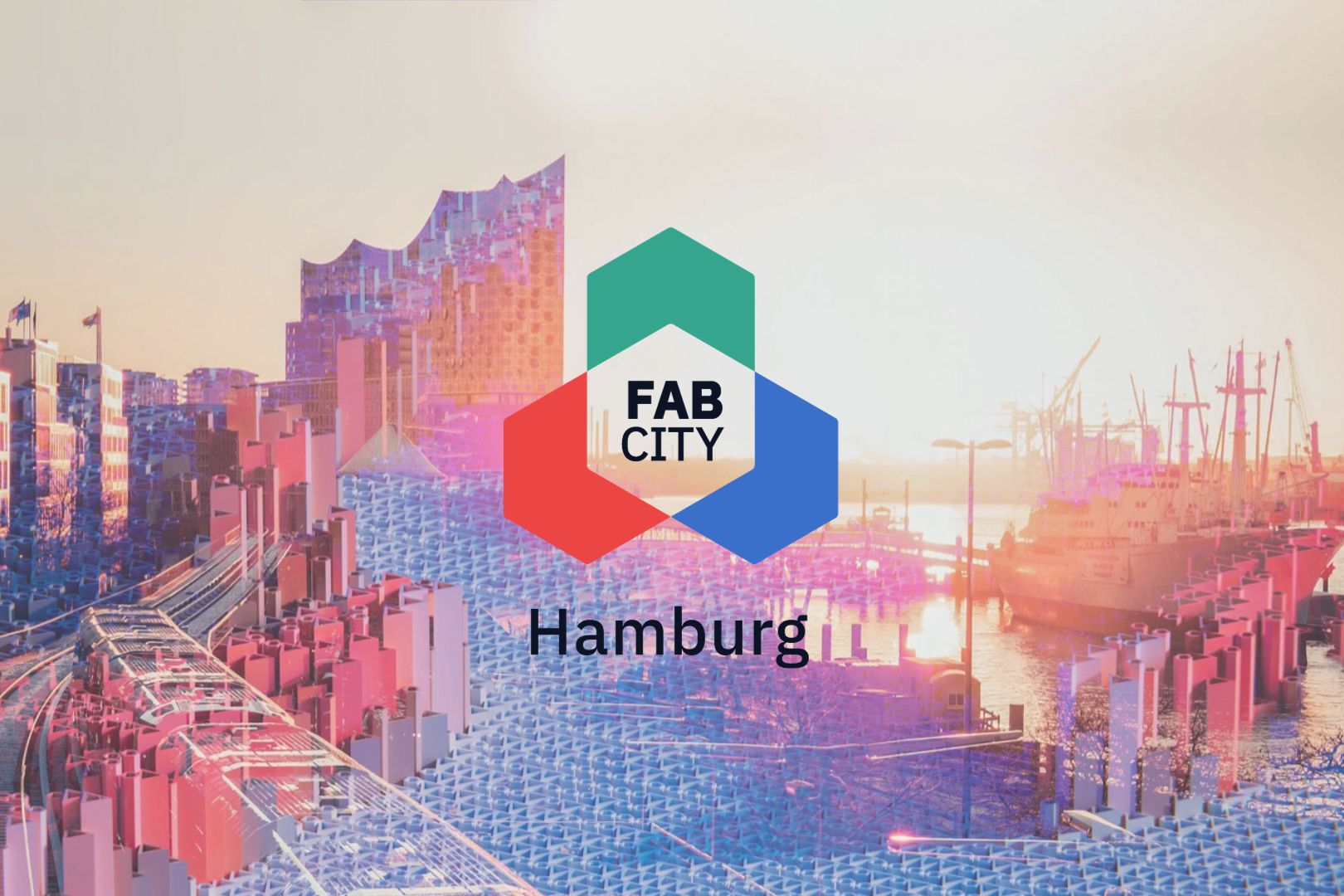
Deutschlands erste Fab City
Im Juni 2019 hat sich die Freie und Hansestadt Hamburg als erste deutsche Stadt der globalen Initiative der Fab Cities angeschlossen, zu der bereits über 52 Städte, Regionen, und Nationen weltweit gehören – wie z.B. Boston, Barcelona, Paris, Bhutan, oder Bali.
Ihr Ziel: die nachhaltige Stadt der Zukunft, die (fast) alles herstellen kann, was sie selber benötigt. Die Stadt wird zur datenbasierten Kreislaufwirtschaft mit einer digital vernetzten Infrastruktur der Herstellung, an der möglichst viele Bewohner:innen teilhaben und selbst zu Produzenten werden. 2054 soll dieser Prozess so weit fortgeschritten sein, dass Fab Cities nur noch Daten importieren und exportieren.
Um diese Vision voranzutreiben und zu verwirklichen, hat sich die Hamburger Fab City-Community aus Fab Labs, Makerspaces, Werkstätten, innovativen Start-ups und Forschungseinrichtungen im Oktober 2020 im Verein Fab City Hamburg e.V. institutionalisiert.
Ein Fab Lab oder Open Lab ist eine offene Technologie-Werkstatt eines gemeinnützigen Vereins oder einer Institution, die der Öffentlichkeit zur Nutzung zur Verfügung steht. Das Wort Fab Lab leitet sich vom englischen fabrication laboratory ab, es ist also ein Fabrikations- oder Fertigungslabor. Auch die Bezeichnung Maker Space findet sich in diesem Zusammenhang wieder.
Geprägt wurde der Begriff Fab Lab vom amerikanischen Forscher Neil Gershenfield, der im Jahr 2002 das erste Fab Lab am Massachusetts Institute of Technology (MIT) in Boston gründete und somit die Maker-Bewegung ins Leben rief. Maker sind Menschen, die für sich oder andere neue Produkte herstellen oder existierende Produkte umbauen und dabei meist aktuelle und digitale Fertigungstechniken einsetzen.
Typische High-Tech-Maschinen in einem Fab Lab sind zum Beispiel 3D-Drucker, CNC-Fräsen und Lasercutter aber auch gängige Handwerksmaschinen wie Bohrer, Schleifmaschinen, Kreissägen, Löt- und Schweißgeräte. Der Trend geht dabei zu Maschinen, die den gesamten Produktionsprozess eines Produktes abdecken, zum Beispiel im Recycling von Plastik.
Jedes Fab Lab ist einzigartig und passt sich den Gegebenheiten und Anforderungen an. Zum Beispiel kann ein Fab Lab einer Universität ein reines Labor sein, ein vereingetragenes Fab Lab im Gegensatz dazu noch einen Co-Working-Space enthalten. Fablab.io zeigt euch, wo es bereits offene Werkstätten weltweit gibt.
In Deutschland sammeln sich viele Fab Labs im sogenannten Verbund Offener Werkstätten e.V..
International verbinden sich die Fab Labs unter der globalen Initiative “Fab City”.
Seit 2020 vereinen sich offene Werkstätten, Maker Spaces, Institutionen und Gründer:innen in der gemeinnützigen Organisation Fab City Hamburg. Diese Karte zeigt die Vereinsmitglieder in der Hansestadt.

